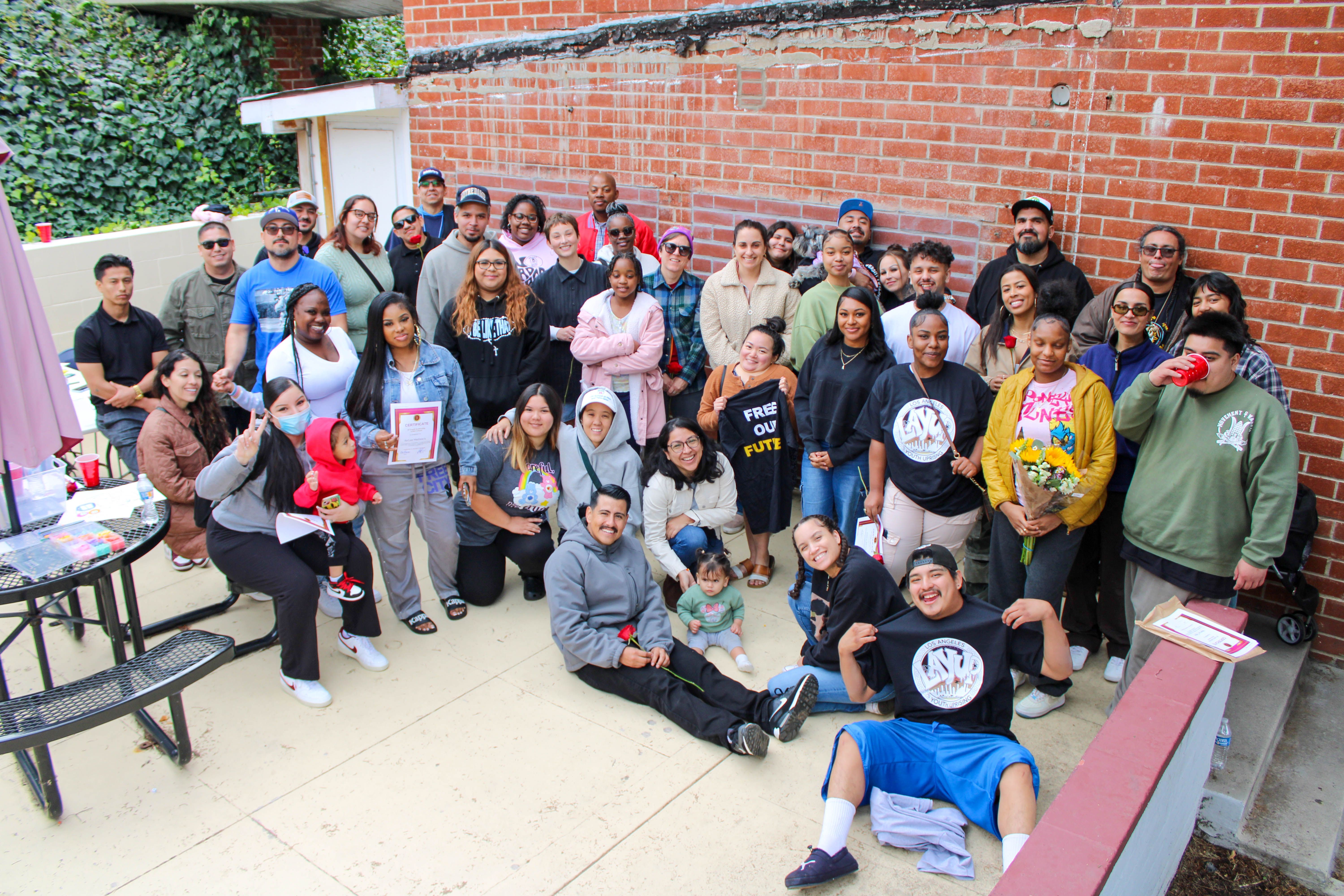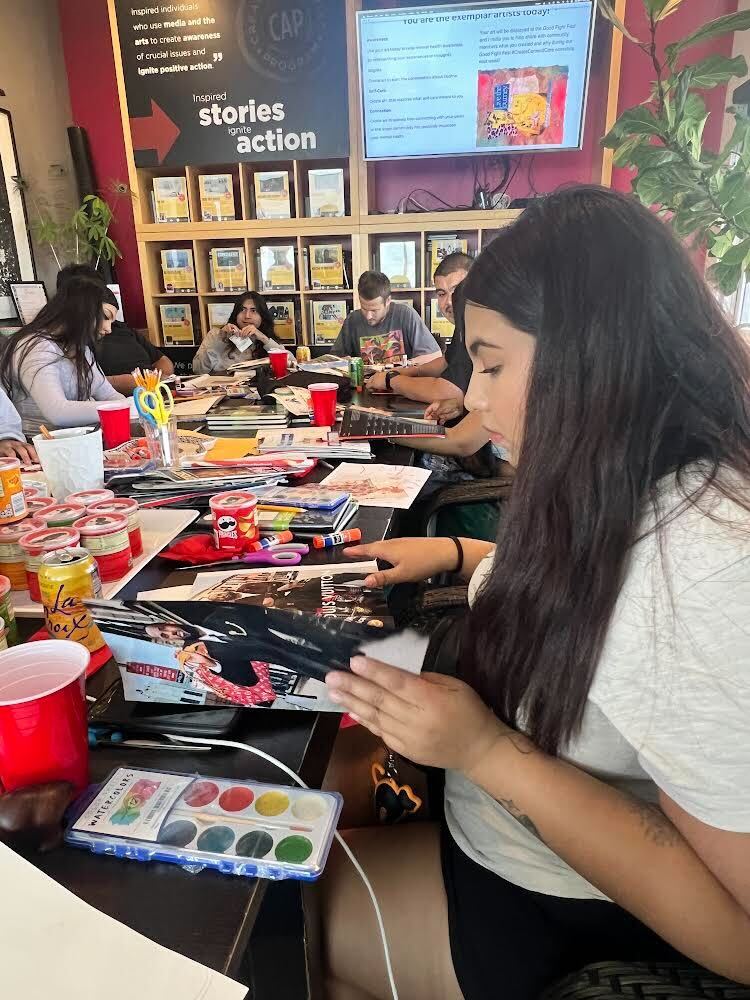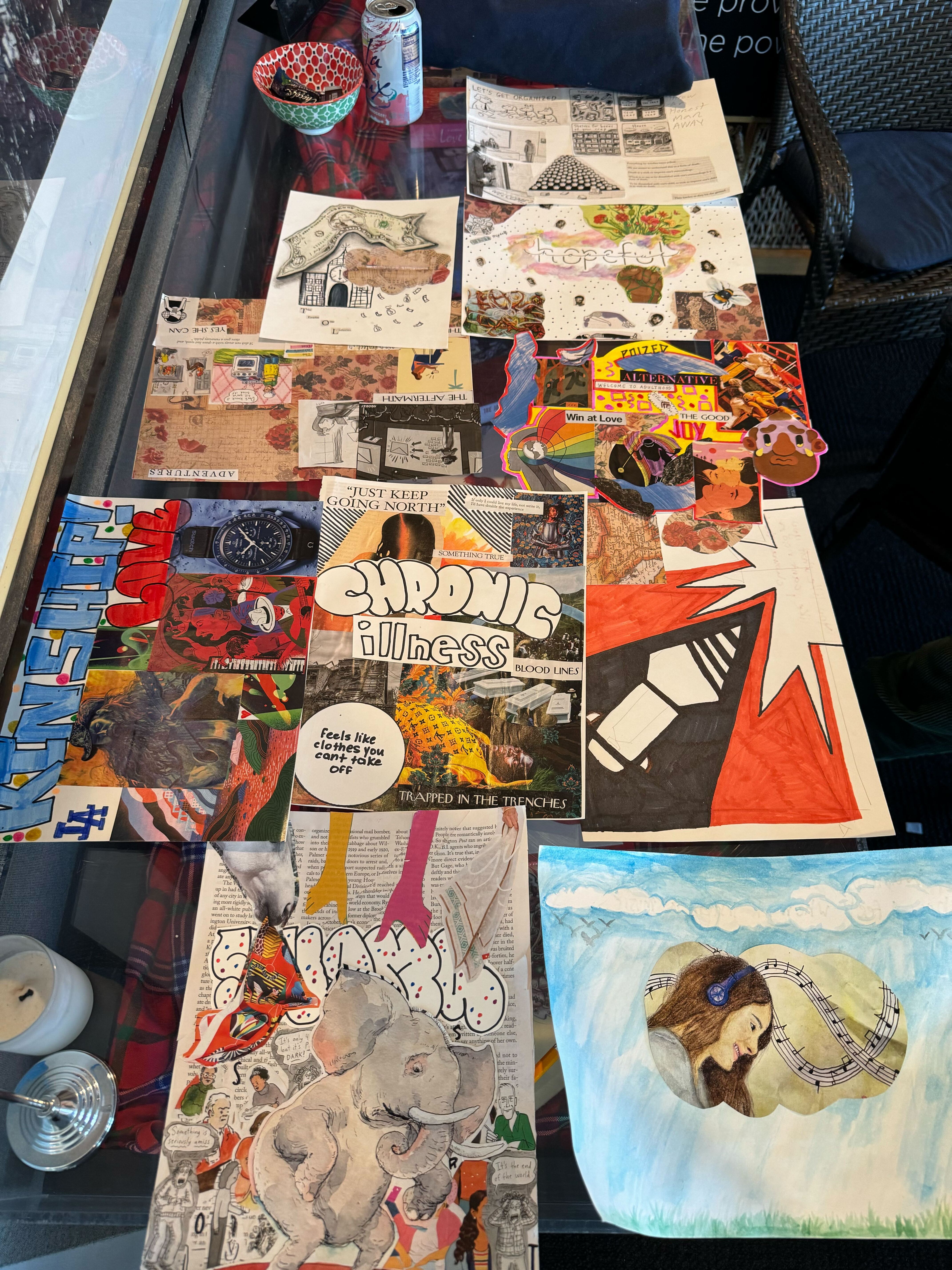LA2050 Blog
We’ve got access to the information that every Angeleno needs to make an impact. Our blog features the latest LA2050 news, announcements, features, happenings, grantee updates, and more.

Art for Healing and Justice Network is Transforming Youth Through Art
Posted[The following mid-year update was written by the organization and then sent to us for further sharing.]
LA2050 helped the Arts for Healing and Justice Network (AHJN) implement and enhance our Youth Leadership Development (YLD) program, which uses art-making to help at-promise and juvenile justice system-impacted youth reclaim their lived experience — and grow into advocates and leaders.
We see the arts as a way to increase empathy and solidarity. Youth-created art transforms how young people see themselves, changes how communities and system actors see these young artists, and re-humanizes them within a juvenile justice system that more often than not denies youth their humanity. In this program, we connect advocacy to those most impacted; centering arts and art-making as a way to build community, partnership, and resilience in systems-change work.

Over the past six months, 78 system-impacted young people have participated in YLD’s Our True Colors (OTC), weekly peer support meetings for systems-impacted youth rejoining their communities after exiting the juvenile justice system.
The primary issue we addressed for the LA2050 Grants Challenge through this work was “Support for Foster and Systems-Impacted Youth.” In fact, systems-impacted and foster youth are the primary beneficiaries of YLD’s work. Because many of the youth AHJN serves had not previously experienced arts education, we are working toward the LA2050 target to increase student enrollment in arts education. This work is culturally responsive, accessible, and gives youth the tools they need to thrive in the workforce of the future.

Halfway through the grant period, we can already see the difference we have made. We are pleased to report that we have impacted 82 youth through YLD — more than we had estimated at the beginning of the project. In this same period, four youths have begun a paid Arts Fellowship with an AHJN network member organization — and we expect that five more will complete this mentoring opportunity within the next six months.
Youth we serve frequently experience challenges with housing stability, mental health care, transportation, and food security. In response to these challenges, AHJN has provided transportation assistance and stipends, warm handoffs to housing and mental health providers, and paid fellowship opportunities. Seeing youth move away from instability and toward community and leadership demonstrates the need for –– and success of –– our program.

We are eagerly looking forward to the next six months. In the beginning of March, we started a new YLD track, Capstone Projects. This track, created in response to youth who expressed a desire for more AHJN programming, provides youth who have already completed a fellowship with the opportunity to participate in a culminating art experience. The self-directed projects will encourage youth to reflect on their fellowship experience, examine and research issues related to healing and youth justice, and practice and hone their facilitation skills. In addition to our other YLD tracks, we currently have 11 youths enrolled in our Capstone Project pilot cohort and expect them to complete their individual projects in June.
As AHJN continues to expand YLD, we are seeing more positive outcomes: Youth report an increased sense of community and belonging, increased comfort with vulnerability and connection-seeking. In short, YLD helps with their sense of well-being. The increase in the number of youths in YLD is an additional indicator of success. Many of our referrals are from youth currently or previously involved in YLD, who have found value in the program. We continue to see expansion of our network and a strengthening of the web of support we are able to offer these youth as well.
These results are immensely promising, and AHJN will continue to track these outcomes to evaluate our success over the course of the rest of the grant period.